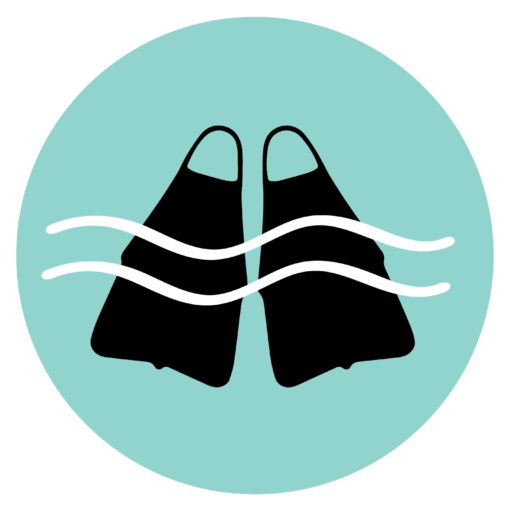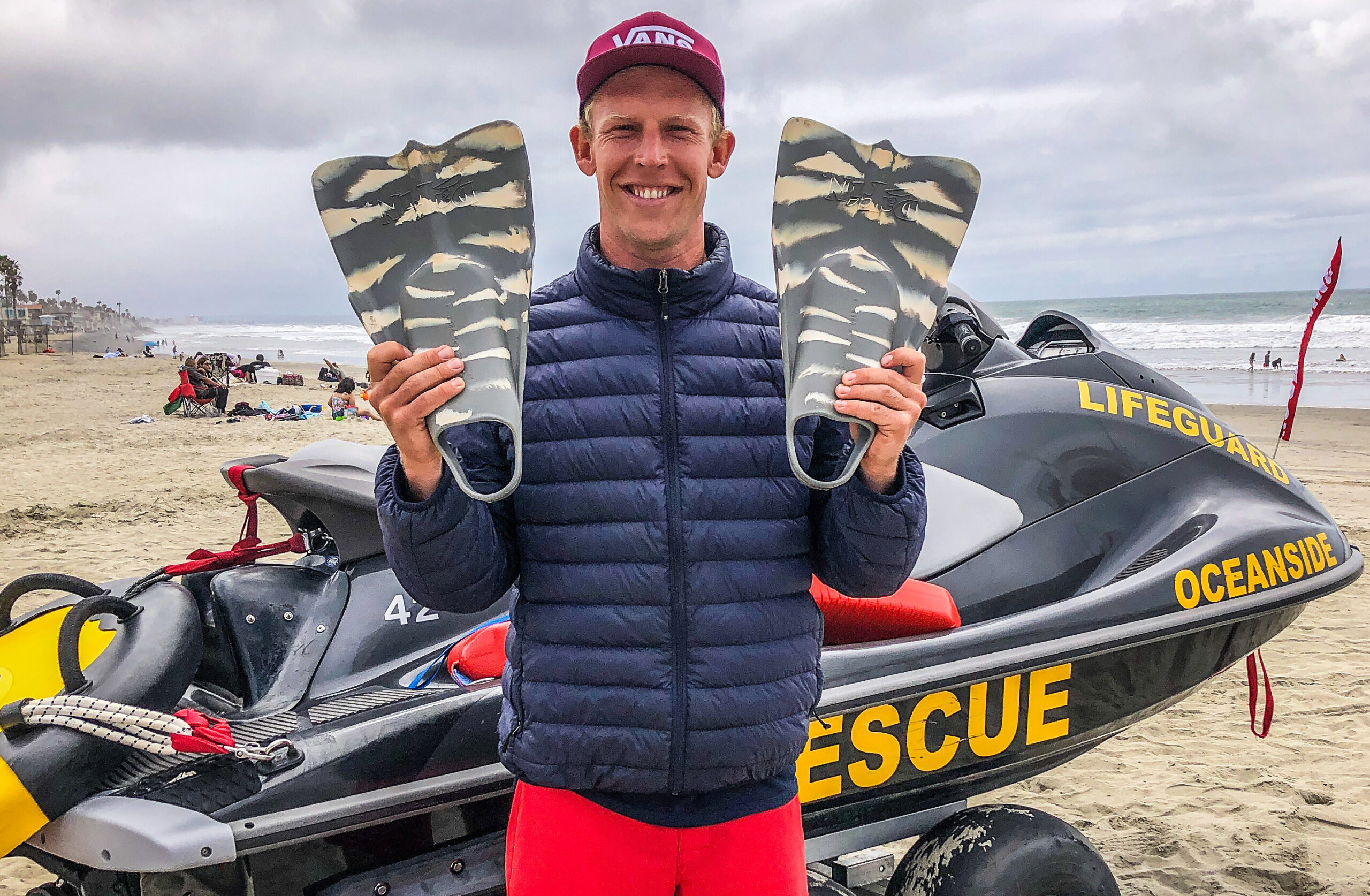Bodysurfing can be a life-saving tool if you know how to use it properly. I believe bodysurfers, using their unique skillsets, are perfectly suited to assist any beachgoer in need of rescuing.
Ideally, bodysurfing should be a prerequisite skill for any ocean bather, swimmer, surfer, or lifeguard. Bodysurfing teaches us how to identify strong rip currents and stay calm while exiting them.
Rip currents are the greatest threat to ocean-goers
Strong rip currents can move ocean-goers at eight feet per second. The United States Lifesaving Association estimates on average 100 people die annually as a result of rip currents in the United States. Furthermore, rip currents account for 80 percent of rescues performed by ocean lifeguards.
The reality for most of the world’s beaches is that there are no lifeguards. Analysis of data from the Judicial Investigation Organization of Costa Rica indicates that drowning is the leading cause of violent death in the country, with 1,391 drownings between 2001 and 2012.
The National Weather Service explains, “As waves travel from deep to shallow water, they eventually break near the shoreline. As waves break, they generate currents that flow in both the offshore (away from the coast) and the longshore (along the coast) directions. Currents flowing away from the coast are called rip currents.”
How to identify a rip current
According to the National Weather Service, common indicators of a rip current include:
- An area having a noticeable difference in water color; typically areas of darker or lighter water between sections of breaking waves
- A channel of churning, choppy water
- A line of foam, seaweed, or debris moving steadily away from the shore
- A break in the incoming wave pattern
- Rip currents often occur in deep channels between shallow sandbars making the area deeper than the surrounding waters
- They can reach widths of over 150 feet, or 50 yards
- Rip currents can also form against groins, jetties, and piers
- The strength and speed of a rip current increase as wave height and the time between waves increases
- Rip currents also increase around low tide
Rip currents may occur even when there are no visible signs, so don’t expect to see an easily identifiable pattern every time. Bodysurfing hones your ocean awareness and improve your brain’s ability for pattern recognition.
How to make an ocean rescue
If you encounter a surfer or swimmer in trouble in the ocean, it’s important to act quickly. Having a pair of swim fins with you during your beach visit can help save lives.
Here are some steps you can take to help someone caught in a rip current:
Step 1: Assess the situation
If the surfer or swimmer appears to be in immediate danger or is struggling to stay afloat, it’s crucial to take action immediately. Call for help from a lifeguard or contact emergency services. Remember to stop and consider the conditions, stay calm, and begin to monitor and control your breathing. Remain present and sharply focused on the environment to assess the situation.
Step 2: Use proper equipment
Prioritize your safety first by grabbing swim fins or taking a surfboard from a nearby surf student or surfer. If you have access to a floatation device, such as a lifebuoy, surfboard, or any other buoyant object, bring it with you. This will provide the person in need with something to hold onto and help keep them afloat.
Step 3: Swim or paddle safely
If you are a capable swimmer, bodysurfer, or surfer and decide to enter the water to help, remember to prioritize your safety. Keep your eyes on the target and also alert nearby swimmers or surfers. Do not wave or shout, but stay calm and preserve your energy. Use a sidestroke or breaststroke to keep your eyes on the swimmer and your heart rate controlled. Then, keep a short distance from the swimmer or try to approach from behind calmly and with control.
Step 4: Try to avoid direct contact
Try to keep a short distance from the swimmer. It’s important to avoid direct contact with a person in distress, as they may panic and unintentionally pull you underwater. Instead, try to reach them with a floatation device or extend a long object, like a surfboard, for them to grab. An alternative option is to approach them from behind calmly and with control, offering reassurance. Assess their mental state to see if it is safe to approach.
Step 5: Offer reassurance
It’s important to provide verbal reassurance to the person in distress to calm them down. Assure them that help is on the way and that you are there to assist them. If they are panicking, instruct them to breathe slowly, taking long inhales and exhales.
Step 6: Assist the swimmer
Depending on the situation there are a few options here. This depends on the conditions, the rescuer’s experience, and the state of the person in distress. Remember to use common sense and remain composed and focused, relying on your bodysurf skills and ocean awareness.
The best option, if possible, is to verbally coach the swimmer to stay relaxed and swim toward breaking waves and out of a rip current. You can instruct the swimmer to float on their back calmly when they need to catch their breath. If the person in distress is badly injured or unconscious, support their head out of the water with the floatation device and swim or paddle them to the shore.
If the person in trouble has a calm mental state, and if you have a surfboard then you can put the swimmer on the nose and paddle them safely to the beach, riding a wave together, if possible. Again, the proper technique will depend on the situation.
Step 7: Seek professional help if necessary
Once the person in distress is safely on solid ground or has been reached by a lifeguard, make sure they receive professional medical attention if needed. Stay with them until help arrives and provide any necessary information to the authorities.
Remember: when in doubt, don’t go out!
Water rescues can be dangerous, so it’s important to prioritize your own safety. If you are not a confident swimmer or lack the proper equipment, it’s best to seek professional help. Quick action can make all the difference when helping a surfer or swimmer in trouble.
Written by Carly Stoenner.


Carly Stoenner is a former surf instructor at Bodhi Surf + Yoga and a former Red Cross lifeguard. She is the 2023 recipient of the Paul D. Coverdell Fellowship at ASU’s Walter Cronkite School of Journalism.


